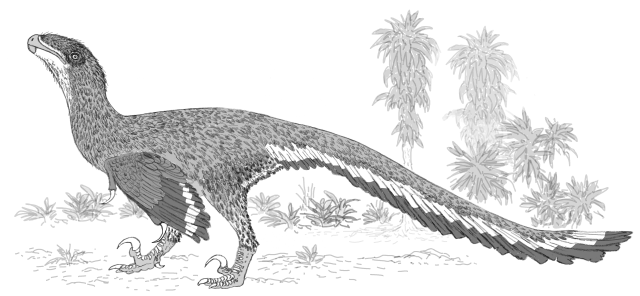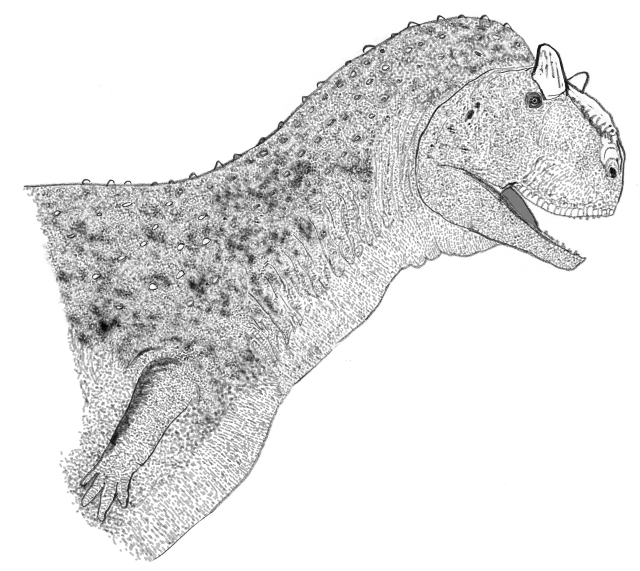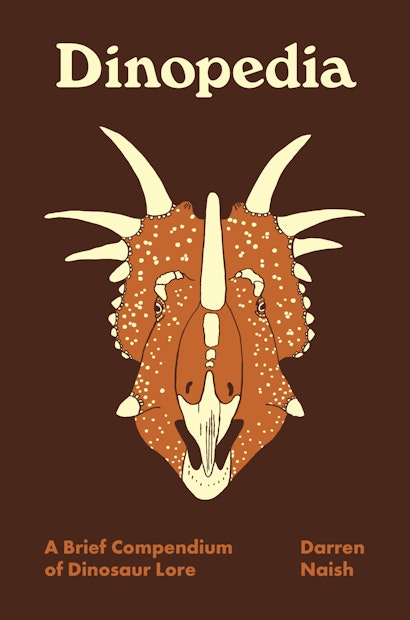Dinosaurs are among the most exciting and remarkable animals ever. Animals like the giant predator Tyrannosaurus, the elephant-sized, mega-horned Triceratops and the whale-sized, long-necked sauropods Brachiosaurus, Brontosaurus and the like are not just large and unusual, they’re off the charts when it comes to anatomy, physiology and behaviour. These animals were gigantic bird-like reptiles, way exceeding modern reptiles and land-living mammals and birds in power, size and mechanics. Dinosaurs weren’t remarkable because the world was hotter, or gravity was lower, or the atmosphere was different or something, but because they possessed a suite of biological adaptations that made them unique among animals, and uniquely able to become super animals. Elephants, tigers, crocodiles and Komodo dragons are all very nice and all, but—let me say it again—dinosaurs were off the charts.
With this key contention serving as the intellectual bedrock for our view of these animals, now add the fact that dinosaurs of many sorts were flamboyant, showy animals that evolved an array of crests, spines, spikes and other decorative features, that dinosaurs of several sorts possessed quills, filaments and feathers, that dinosaurs of many kinds were highly social animals that lived in groups and formed great nesting colonies, and that dinosaurs evolved flight and live on today as birds. Yes, birds are dinosaurs, just as primates are mammals.
These diverse, sophisticated, spectacular animals were the most obvious form of animal life on the planet for something like 160 million years, and it seems only right to be awed and amazed by everything about them.
And we’re in a golden age of dinosaur science. Approximately one new species is named every week, excellent cutting-edge science is regularly published on dinosaur biology, evolution and anatomy, and both new discoveries and new technologies provide us with such remarkable insights as those demonstrating iridescence on the feathers of some dinosaurs, the pattern of air-flow through their complex nostrils and internal airways, the way in which they stored calcium and converted it to egg-shell, and even the size of the dinosaur genome. Since the 1980s, scientists have discovered whole new groups of dinosaurs—new branches on the family tree—and a major debate is currently underway on the evolutionary relationships between the three main dinosaur lineages.
Oh, and let’s not forget the extinction event. 65.5 million years ago, a giant rock from space hit Mexico’s Yucatán Peninsula and released energy equivalent to that of 100 million nuclear bombs. The heat blast incinerated living things for hundreds of kilometres around, the landscape beyond was set on fire, tsunamis hundreds of metres high smashed ashore, and ecosystems worldwide entered a decades- or centuries-long shutdown as dust and soot filled the atmosphere. Dinosaurs and many other animals did survive (several bird lineages made it through), but this event—the Cretaceous-Paleogene or KPg Event—ranks as one of the greatest disasters in our planet’s history. Hollywood has yet to make a disaster movie that depicts horror and destruction of the sort caused by this event, and for good reason.

In view of all of this, it’s astounding that there was a time—extending for much of the 20th century—during which dinosaurs were portrayed as boring and of little value to our knowledge of earth’s history. What changed?
During the late 1960s and 70s, an event termed the Dinosaur Renaissance saw dinosaurs portrayed in a revised, vigorous context. Their possible warm-bloodedness was cast as a divisive and exciting new idea, as were proposals that dinosaurs might have been social, behaviourally complex, and allied to birds. Most books and articles that discuss the history of dinosaur research emphasise the Renaissance as a key phase leading us to where we are now, the articles and artwork of one researcher in particular—Robert Bakker, a brilliant young PhD student at Harvard—framed as the trail-blazer.
It’s certainly true that the Renaissance (specifically, the popular and technical articles and books associated with it) attracted scientists and especially journalists to developments in dinosaur science. But it’s misleading to state that it was the one key driver of everything.
As I argue in Dinopedia, a fair bit of revolutionary dinosaur research was in place before the Renaissance, it’s just that it mostly failed to gain attention due to 20th century history (the impact of WWII in particular). In fact, an argument can be made that 20th century discoveries made in Mongolia, China, the USA and elsewhere meant that a scientific revolution always was coming: it’s just that it took Bakker’s dynamic promotion during the 60s to really get things noticed by journalists and hence the public.
Today, things in dinosaur science are so fast-paced, so dynamic that most scientists active in the field see little reason to look back on, or talk about, those events of decades past. We’ve moved so far ahead of them that we should perhaps discuss being in a post-Renaissance phase, or even an Enlightenment phase in which the impacts of the Renaissance have been essentially absorbed and largely accepted. With that in mind, there’s a need more than ever to review the history of dinosaur research again, to look at events with a critical and more nuanced eye, and to help compile a narrative that’s fairer and truer to what seems to have actually happened. It’s this and more that I aimed to include in Dinopedia, and I hope I succeeded.
Darren Naish is an author, illustrator, and zoologist affiliated with the University of Southampton, and has worked as a consultant for museums, traveling exhibitions, and media outlets such as the BBC. His books include Hunting Monsters: Cryptozoology and the Reality behind the Myths and Dinosaurs: How They Lived and Evolved. Website tetzoo.com Instagram @tetzoo Twitter @TetZoo
Also of Interest
Dinopedia is part of the Pedia series of books. Encyclopedic in nature and miniature in form, books in this series explore the wonders of the natural world, from A to Z. These brief compendiums cover wide ground in thoughtful, witty, and endlessly fascinating entries on the science, natural history, and culture of their subjects.

